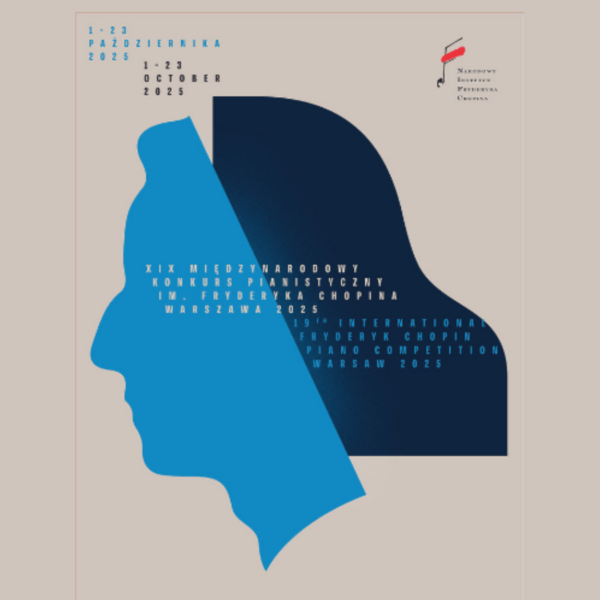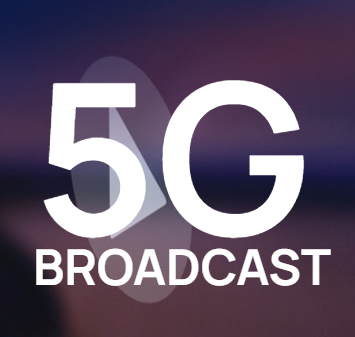On the night of April 24-25, we carried out a change in the frequency and broadcasting standard of MUX1, MUX2 and MUX4 digital terrestrial television programs. The changes affected the Pomeranian Belt from Szczecin to the Tricity, a large part of Greater Poland, Kuyavia, the western part of Mazovia.
This was the second of four stages of the 700Mhz band refarming project, which aims to free up frequencies for 5th generation telephony. The next changes, which we will announce in advance, will take place on May 23 this year and June 27, 2022.
As previously announced, we would like to remind you that the change in frequency and broadcasting standard applies mainly to the broadcasting of the MUX1, MUX2 and MUX4 multiplexes, as well as, exceptionally, the broadcasting of MUX 3 (during the current switchover, the broadcasting channels on the transmitter in Bolewice and Człuchów were changed). There was no change in the transmission standard for the broadcast of MUX3, which, according to the UKE decision, will be allowed to broadcast in the DVB-T standard until the end of 2023 (https://www.uke.gov.pl/akt/mux-3-bedzie-mogl-nadawac-w-standardzie-dvb-t-do-konca-2023-r-,419.html).
Also unchanged were the broadcast parameters of MUX8, which is broadcast in the VHF band and is not subject to refarming.
After the changes, a significant portion of TV sets or set top boxes (so-called set top boxes) should update the list of TV programs on their own. For some receiver models, it may be necessary to search for channels again with the remote control. Viewers with older receivers, incompatible with the DVB-T2/HEVC standard, will have to purchase a set top box or replace the TV set in order to receive the Digital Terrestrial Television signal.
The Emitel informs about all the changes being made at https://www.emitel.pl/refarming/. This information includes both an indication of the location of the facility, the planned date of the switchover, and the channel number.












